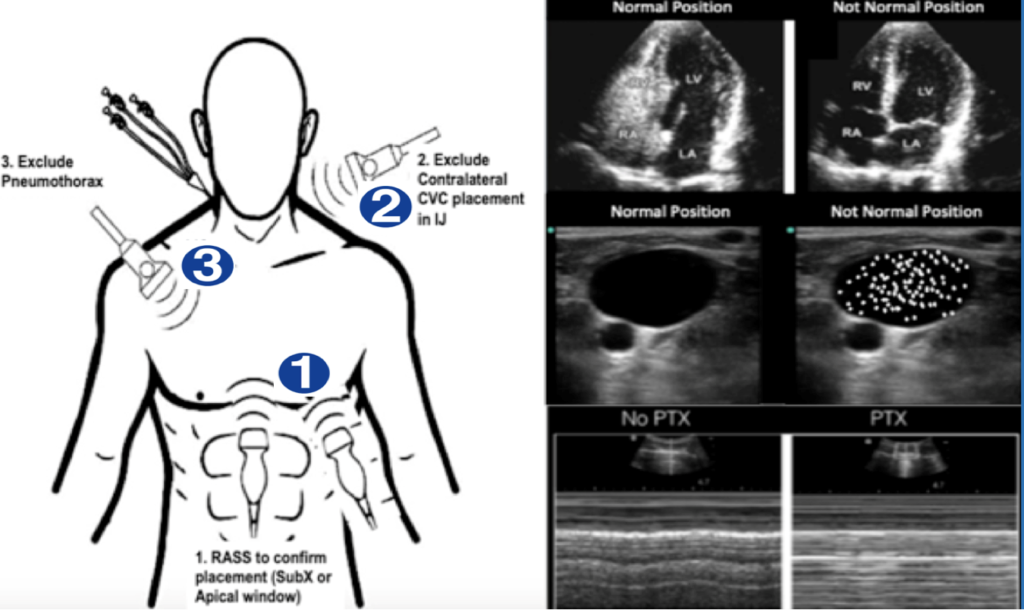DRAUP
2019-2021 K12 Scholar (Mentored Training in Implementation Science)
Implementation: Ultrasound guided CVC confirmation and PTX exclusion
Deimplementation: CXRs after POCUS guided CVC confirmation

The DRAUP program was established after formative qualitative research, consists of seven strategies, each of which addresses one of three domains of behavior change: “capacity, opportunity, and motivation” theorized to drive behavior in a widely-used Behavior Change framework developed by Michie and colleagues.
We used qualitative methods to develop a general understanding of the barriers to de-implementation of CXR in the ED. Then, we developed a logic model from our qualitative work, demonstrating three principal themes (self-efficacy, perceived organizational norms, and inertia/habit) needed to influence provider behavior change using the theoretical model of COM-B. Finally, the Behavioral Change Wheel framework was used to select strategies which target 1) education and training, 2) facilitators, and 3) organizational buy-in (Figure 1).
Seven strategies were developed and operationalized into the DRAUP program (De-Implementation of Routine CXR After Adoption of Ultrasound Guided Insertion and Confirmation of CVC Protocol). We initiated DRAUP in the ED in January 2019 and hypothesized that there would be at least a 50% adoption of DRAUP over 1 year.

Figure 1A Original COM-B theory. Figure 1B modified COM-B for conceptualizing behavior for DRAUP, red box=capabilities; green box= opportunity; yellow box= motivation; blue box= behavior (Source: Michie et al. Implementation Science 2011)
For more information about DRAUP program education and training, check out the DRAUP website!
DRAUP that Xray! #UltrasoundFirst
